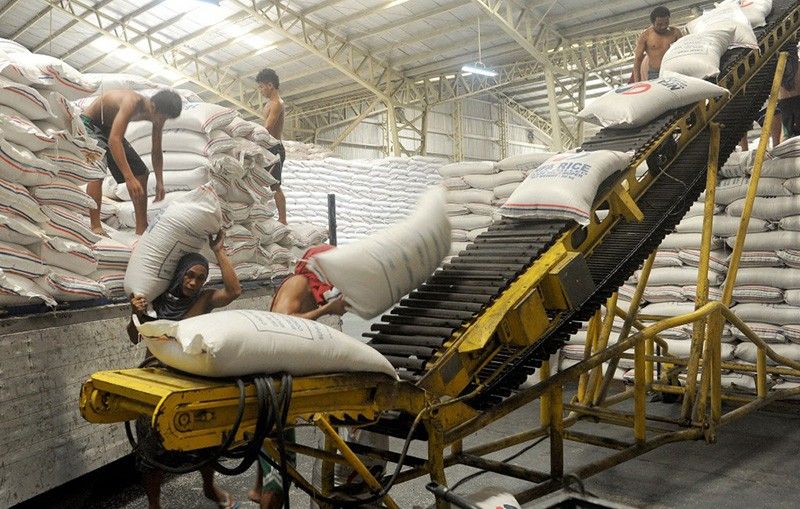Rice inflation rate slowed down in May 2024 — PSA

MANILA, Philippines — The Philippine Statistics Authority (PSA) reported a slow growth in rice inflation between April and May 2024, as well as a slight decrease in its retail prices.
In a press conference on Wednesday, national statistician Claire Mapa presented that there has been a substantial decrease in the overall rice inflation last month from 23.9% in April to 23% in May.
For comparison, the specific commodity had a 22.6% inflation rate in the beginning of the year, dubbed as the highest record since 2009 with a rate of 22.9%.
Despite rice's sustained inflationary trend, Mapa noted a decline in the average world price of rice, particularly in countries like Thailand and Vietnam, which in turn impacts retail prices in the Philippines.
“Continuously, bumababa ang average world price of rice halimbawa sa Thailand and Vietnam (Continuously, the average world price of rice have been declining in countries such as Thailand and Vietnam),” he said during the press briefing.
“In terms of world prices, it is going down so that’s why we’re seeing a also a slight decreases in the retail price of rice in the country,” the statistician added.
According to the Department of Agriculture (DA) price watch, the well-milled rice sold in public markets during the last day of May stood at P48 to P55 per kilo, while regular milled rice was priced around P45 to P52 per kilo.
During the start of the month, the DA observed prices ranging from P49 to P50 per kilo for regular milled rice, maintaining the same average throughout the month for well-milled rice.
Mapa is expecting possible changes in prices with the tariff reduction backed by the National Economic Development Authority (NEDA) the day before.
NEDA Secretary Arsenio Balisacan explained that lowering tariff rates from 35% to 15% would improve accessibility and affordability of commodities, particularly rice, and alleviate price pressures.
The statistician also noted that this could also pose a domino effect.
“'Pag bumaba ang presyo ng bigas due to tariff, bababa ang price and inflation which would trigger a reduction in inflation moving forward. (If the rice prices go down due to tariff, price and inflation will go down and would trigger a reduction in inflation moving forward),” Balisacan said.
- Latest
- Trending




























